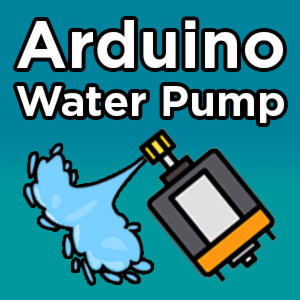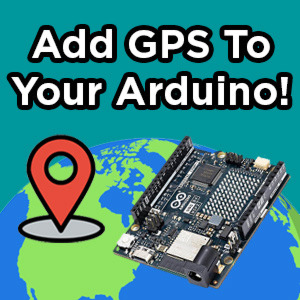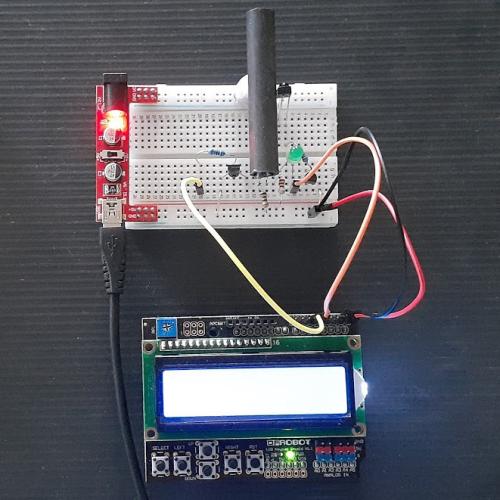Arduino MKR NB 1500
In stock, ships same business day if ordered before 2PM
Delivered by Tue, 30th of Dec
Quantity Discounts:
- 25+ $164.05 (exc GST)
- 100+ $155.42 (exc GST)
Recommended Essentials:

$11.35
Add Narrow Band communication to your project with the MKR NB 1500. It's the perfect choice for devices in remote locations without an Internet connection, or in situations in which power isn't available (e.g., field monitoring systems). This board is designed for global use, providing Cat M1/NB1 deployed bands 2, 3, 4, 5, 8, 12, 13, 20, 28 (Vodafone, AT&T, T-Mobile USA, Telstra, Verizon).
Technical Specification
| Microcontroller | SAMD21 Cortex-M0+ 32bit Low Power ARM MCU |
| Circuit Operating Voltage | 3.3 V |
| Security | ECC 508 crypto chip (datasheet) |
| I2S | 1 |
| Wireless radio | UBLOX SARA-R410M-02B (documentation) (Datasheet) |
| I2C | 1 |
| UART | 1 |
| SPI | 1 |
| Pinout (Digital, PWM, Analog) | 22 I/O Digital (12 PWM), 7 Analog Input |
| Compatibility | MKR |
OSH: Schematics
The MKR NB 1500 is open-source hardware! You can build your own board using the following files:
Li-Po batteries, Pins and board LEDs
Antenna
The MKR NB 1500 has to be used with an antenna that can be attached to the board with the micro UFL connector. Please check that it can accept frequencies in the Narrow Band or CAT M1. Please note: for best result, do not attach the antenna to a metallic surface like car chassis, etc. We don't currently stock an antenna to suit this however our GSM antenna's with a uFL adapter should work
Battery capacity
Li-Po batteries are charged up to 4,2V with a current that is usually half of the nominal capacity (C/2). We use a specialized chip that has a preset charging current of 350mAh. This means that the MINIMUM capacity of the Li-Po battery should be 700 mAh. Smaller cells will be damaged by this current and may overheat, develop internal gasses and explode, setting on fire the surroundings. We strongly recommend that you select a Li-Po battery of at least 700mAh capacity. A bigger cell will take more time to charge, but won't be harmed or overheated. The chip is programmed with 4 hours of charging time, then it goes into automatic sleep mode. This will limit the amount of charge to max 1400 mAh per charging round.
Battery connector
If you want to connect a battery to your board be sure to search one with female 2 pin JST PHR2 Type connector.Polarity : looking at the board connector pins, polarity is Left = Positive, Right = GND Download here the Connector datasheet. On the board, connector is a Male 2pin JST PH Type.
Vin: This pin can be used to power the board with a regulated 5V source. If the power is fed through this pin, the USB power source is disconnected. This is the only way you can supply 5v (range is 5V to maximum 6V) to the board not using USB. This pin is an INPUT.
5V: This pin outputs 5V from the board when powered from the USB connector or from the VIN pin of the board. It is unregulated and the voltage is taken directly from the inputs. When powered from battery it supplies around 3.7 V. As an OUTPUT, it should not be used as an input pin to power the board.
VCC: This pin outputs 3.3V through the on-board voltage regulator. This voltage is the same regardless the power source used (USB, Vin and Battery).
LED ON: This LED is connected to the 5V input from either USB or VIN. It is not connected to the battery power. This means that it lits up when power is from USB or VIN, but stays off when the board is running on battery power. This maximizes the usage of the energy stored in the battery. It is therefore normal to have the board properly running on battery power without the LED ON being lit.
CHARGE LED: The CHARGE LED on the board is driven by the charger chip that monitors the current drawn by the Li-Po battery while charging. Usually it will lit up when the board gets 5V from VIN or USB and the chip starts charging the Li-Po battery connected to the JST connector.There are several occasions where this LED will start to blink at a frequency of about 2Hz. This flashing is caused by the following conditions maintained for a long time (from 20 to 70 minutes):- No battery is connected to JST connector.- Overdischarged/damaged battery is connected. It can't be recharged.- A fully charged battery is put through another unnecessary charging cycle. This is done disconnecting and reconnecting either VIN or the battery itself while VIN is connected.
Please note that this product does not come with either an Antenna or Micro USB cable. They will have to be purchased separately.
Onboard LED: The onboard LED is connected to D6 and not D13 as on the other boards. Blink example or other sketches that uses pin 13 for onboard LED may need to be changed to work properly.
NOTE: do not connect to the male JST connector present on the board anything else than a Li-Po battery whose characteristics are compliant with those indicated above. Please do not power vin with more than 5V.
Exact shipping can be calculated on the view cart page (no login required).
Products that weigh more than 0.5 KG may cost more than what's shown (for example, test equipment, machines, >500mL liquids, etc).
We deliver Australia-wide with these options (depends on the final destination - you can get a quote on the view cart page):
- $3+ for Stamped Mail (typically 10+ business days, not tracked, only available on selected small items)
- $7+ for Standard Post (typically 6+ business days, tracked)
- $11+ for Express Post (typically 2+ business days, tracked)
- Pickup - Free! Only available to customers who live in the Newcastle region (must order online and only pickup after we email to notify you the order is ready). Orders placed after 2PM may not be ready until the following business day.
Non-metro addresses in WA, NT, SA & TAS can take 2+ days in addition to the above information.
Some batteries (such as LiPo) can't be shipped by Air. During checkout, Express Post and International Methods will not be an option if you have that type of battery in your shopping cart.
International Orders - the following rates are for New Zealand and will vary for other countries:
- $12+ for Pack and Track (3+ days, tracked)
- $16+ for Express International (2-5 days, tracked)
If you order lots of gear, the postage amount will increase based on the weight of your order.
Our physical address (here's a PDF which includes other key business details):
40 Aruma Place
Cardiff
NSW, 2285
Australia
Take a look at our customer service page if you have other questions such as "do we do purchase orders" (yes!) or "are prices GST inclusive" (yes they are!). We're here to help - get in touch with us to talk shop.
Have a product question? We're here to help!
Videos
View AllGuides
How to Control a Water Pump with an Arduino
How to add GPS to Your Arduino | Add Real-Time Location to Your Project!
Mobile Networks - Where Can My IoT Device Connect?
C Programming for Makers
Projects
IR Break-Beam Stopwatch
Coffee Grinder With Arduino
The Hipster Coaster
Educational Workshops
Arduino Workshop for Beginners
Makers love reviews as much as you do, please follow this link to review the products you have purchased.






















Product Comments